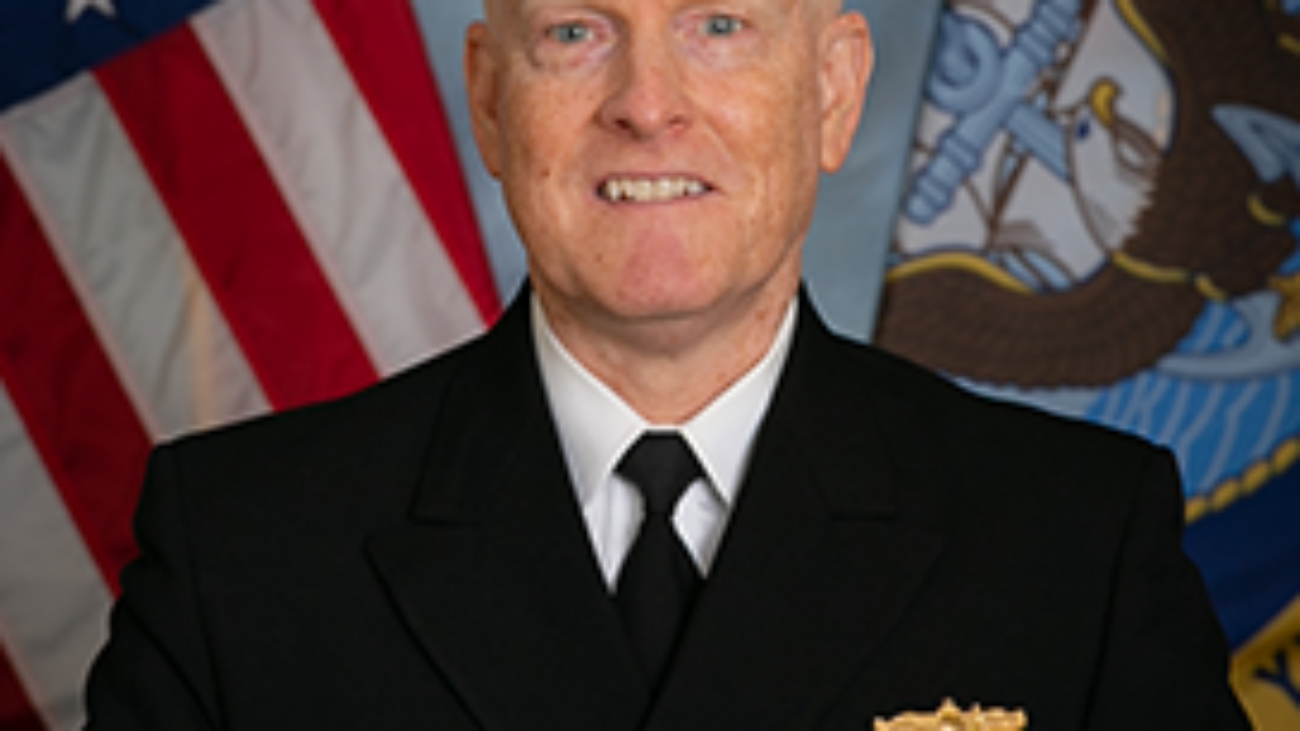Tomorrow is Friday the 13th! To improve your luck on this day, some people say that you should find a four-leaf clover. It has also been said that on this day, you should wear your clothes inside out to have less chance of something bad happening.
Although taking chances on Friday the 13th is an old superstition, one thing that you should not take a chance on is the possibility of needing long-term care. Planning for the potential need for long-term care will benefit you and your family in the following 13 ways:
- Peace of mind: Having a plan can help you and your family know how you would like to be cared for should you ever need help caring for yourself.
- Avoid financial burden: Avoid becoming a financial burden on your family by having a plan.
- Avoid hard decisions: Decide how you want to be cared for so that your family doesn’t have to decide for you.
- Protect your assets: Long-term care is expensive and can deplete your retirement assets quickly; have a plan to cover the cost should you need care.
- Choose the care you want: There are a variety of ways to plan that include home modifications to make aging in place an option, moving to a community that has long-term care available should it be needed, having discussions with family members who may be needed to provide care.
- Safeguard your retirement funds: You can protect your retirement savings by allocating a portion of your retirement budget to pay for long-term care insurance.
- You’ve planned to manage the challenges: Face this potential need as you would any other future need. Have a plan for the financial, personal, and emotional challenges that may arise.
- You’ve made a plan that will stick: Preparing a Living Will that clearly states what medical treatments you wish, or do not wish to receive if you can’t answer for yourself. Elder law attorneys can help you create a legal framework to ensure that your medical and financial wishes are fulfilled.
- Understand that Medicaid, not Medicare, pays for long-term care – if you qualify: Medicaid is available only to people who meet certain financial requirements (with limits on income and assets). Medicare covers care after a hospital stay to help beneficiaries recover from an illness or an accident.
- Caregivers of veterans should know: You’re not alone, more than 5.5 million people serve as informal caregivers for older/disabled veterans across America. Over nine million older adults have served in the military. Veterans are often eligible for benefits within and outside the VA system. Learn about resources for veterans.
- Fall prevention may avoid long-term care: Falling is not a normal part of aging. You can prevent falls by doing the right exercises, making your home safer, getting regular health checkups, and more. One in four Americans age 65+ falls each year. Learn more at the National Council on Aging.
- Get your head out of the sand: Long-term care is needed often because of a crisis such as “mom fell,” “my wife doesn’t seem to remember me anymore,” or “dad had a stroke.” This can happen to anyone. People who need long-term care may initially stay in the home, for most there will come a time when professional help or facility care may become necessary.
- The cost of care is increasing: The Congressional Budget Office estimates that Medicaid spending for home and community-based services totaled $105 billion in 2020, and Medicaid spending for institutional care totaled $68 billion. By 2030, that spending is expected to grow to $160 billion for HCBS and $80 billion for institutional care. Out-of-pocket spending and payments made by private long-term care insurance plans, the DoD, the VA, and state and local governments is estimated to have totaled $76 billion in 2020 and will grow to $104 billion by 2030 under current law.
According to the National Institutes of Health’s National Institute on Aging, long-term care is described as care that involves a variety of services designed to meet a person’s health or personal care needs when they can no longer perform everyday activities on their own. Many people will need long-term care at some point. However, it can be difficult to predict how much or what type of care a person might need.
Now, if you are reading this and thinking, I am too young to worry about this, think again. There are benefits to buying long-term care insurance at a younger age. I purchased a FLTCIP policy 19 years ago, at age 47. It currently has a weekly benefit amount of $1,604.54 ($6,953/month or $229.22/day), a $1,095-day benefit period (3-years) and a 3.9% automatic compound inflation option with a maximum lifetime benefit of $250,995.90. This policy has a 90-day “elimination period,” which is the number of service days needed before being eligible for benefits paid for by the policy. It’s like a deductible. My premium is currently $89.74 per month. There have been substantial price increases since the time I purchased this policy, but I am paying less per month now than I did then. Instead of paying the higher rates, I downgraded my policy from a five-year benefit period with 5% inflation protection.
As the FLTCIP is not currently available to new applicants, I priced a similar policy sold by Mutual of Omaha using their online long-term care premium calculator. These estimates are based on a MutualCare Secure Solution policy with a 36-month benefit multiplier, 90-day elimination period, 3% compound lifetime inflation, and partner premium allowance if applicable (the FLTCIP policies are all individual policies). At age 66 for a married woman living in Florida, it would cost $977 / month for this policy today. Private LTC policies vary by gender and location. This same policy for someone living in Pennsylvania would cost $708/month. If I were a man in Florida, the same policy would only cost $585 / month. The FLTCIP policies were not priced by gender or state of residence.
If you are considering this type of coverage to help you plan for the possibility of needing long-term care in the future, don’t wait too long to act. Hopefully, there will be news from OPM soon about the return of FLTCIP.













